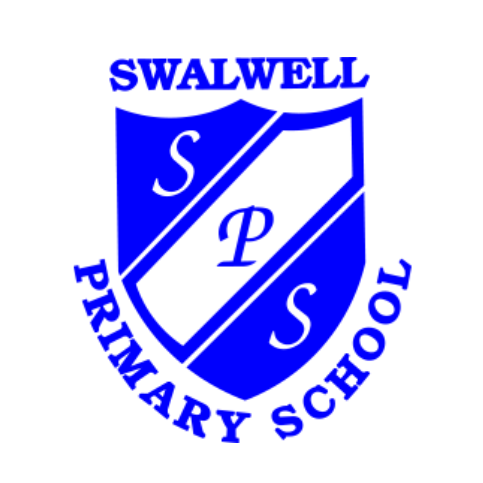Computing
Intent
In line with the 2014 National Curriculum for Computing, our aim is to provide a high-quality computing education which equips children to use computational thinking and creativity to understand and change the world. The curriculum will teach children key knowledge about how computers and computer systems work, and how they are designed and programmed. Learners will have the opportunity to gain an understanding of computational systems of all kinds, whether or not they include computers.
By the time they leave Swalwell Primary, children will have gained key knowledge and skills in the three main areas of the computing curriculum: computer science (programming and understanding how digital systems work); information technology (using computer systems to store, retrieve and send information); and digital literacy (evaluating digital content and using technology safely and respectfully). The objectives within each strand support the development of learning across the key stages, ensuring a solid grounding for future learning and beyond.
Implementation
At Swalwell Primary, computing is taught using a blocked curriculum approach. This ensures children are able to develop depth in their knowledge and skills over the duration of each of their computing topics. Teachers use the medium-term plans as a starting point for the planning of their computing lessons, which are often richly linked to engaging contexts in other subjects and topics. We have a computing suite, shared laptops and sets of iPads to ensure that all year groups have the opportunity to use a range of devices and programs for many purposes across the wider curriculum, as well as in discrete computing lessons. Employing cross-curricular links motivates pupils and supports them to make connections and remember the steps they have been taught.
The implementation of the curriculum also ensures a balanced coverage of computer science, information technology and digital literacy. The children will have experiences of all three strands in each year group, but the subject knowledge imparted becomes increasingly specific and in depth, with more complex skills being taught, thus ensuring that learning is built upon. For example, children in Key Stage 1 learn what algorithms are, which leads them to the design stage of programming in Key Stage 2, where they design, write and debug programs, explaining the thinking behind their algorithms.
Impact
Our approach to the curriculum results in a fun, engaging, and high-quality computing education. The quality of children’s learning can be seen within their own network folders as well as in the class floorbooks. Evidence such as this is used to feed into teachers’ future planning, and as a topic-based approach continues to be developed, teachers are able to revisit misconceptions and knowledge gaps in computing when teaching other curriculum areas. This supports varied paces of learning and ensures all pupils make good progress.
Much of the subject-specific knowledge developed in our computing lessons equip pupils with experiences which will benefit them in secondary school, further education and future workplaces. From research methods, use of presentation and creative tools and critical thinking, computing at Swalwell Primary gives children the building blocks that enable them to pursue a wide range of interests and vocations in the next stage of their lives.
Inclusion
Work in Computing is frequently group or paired work using the computers in the Computing Suite, laptops/iPads within the classroom or a more practical activity using the Beebots or iPads. Independent activities should take place at suitable points for assessment purposes.
At Swalwell Primary, all children have the right to access the computing curriculum. In order to ensure that children with special educational needs achieve to the best of their ability, it may be necessary to adapt the delivery of the computing curriculum for some pupils. We teach computing to all children, whatever their ability. Computing forms part of the national curriculum to provide a broad and balanced education for all children. Through the teaching of computing we provide learning opportunities that enable all pupils to make progress. We do this by setting suitable learning challenges and responding to each child’s different needs. Where appropriate, computing can be used to support SEN children on a one to one basis where children receive additional support. Additionally, as part of our approach to teaching and learning, we will use new technologies, accessibility features and adapted resources wherever possible such as change font size, speech recognition, different coloured backgrounds and screen printouts.
Computing Champions
We currently have 6 Computing Champions, who support their peers, promote confidence within computing, discuss plans and ideas for the subject, share their views and help to deliver assemblies.

